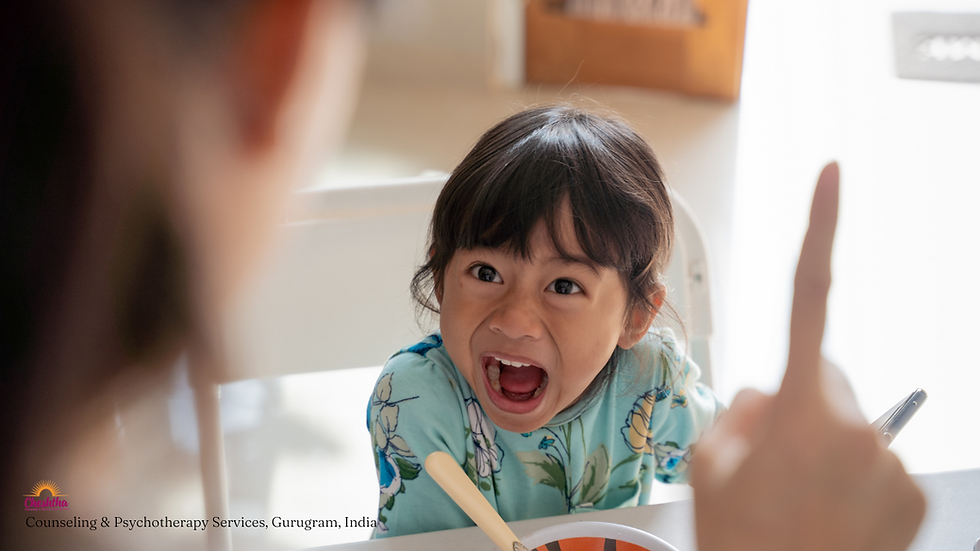When My Child Loses It — and So Do I
- naumitarishi
- Aug 3
- 2 min read
Understanding Child Anger Meltdowns and How to Respond With Calm
The Meltdown Moment

We were just getting ready for dinner. I asked her to wash her hands. What followed was an eruption — a scream, a stomp, a slammed door. I could feel my own anger rising, hot and sharp. I wanted to say something that would “make it stop.” Instead, I stood there, breath stuck halfway in my chest, wondering what just happened.
Why Kids Get Angry (And What It Really Means)
Child anger meltdowns are often misunderstood. In children, anger doesn’t always look like rage — sometimes it’s resistance, whining, or even silence.
Anger in kids is:
A signal of unmet needs
A response to feeling overwhelmed or powerless
Sometimes triggered by tiredness, hunger, or overstimulation
And for us as parents, anger isn’t just about frustration. It’s about feeling helpless, unheard, or emotionally flooded — often tied to our own childhood patterns.
What to Ask in the Moment
Instead of reacting, pause and ask:
What is this anger protecting?
Is my child trying to say something without words?
What’s mine and what’s theirs in this moment?
This shift helps us respond with awareness, not just control.
How I Learned to Decode Anger
Parenting isn’t about never getting angry. It’s about learning:
What triggers us
How to create safety when emotions explode
That both parent and child can grow through emotional storms
Support That Goes Beyond “Calm Down”
In the Feeling Decoder workbook, there’s a full mission on decoding anger — not as a “bad” feeling, but as a powerful one that deserves curiosity. Kids learn:
What anger feels like in the body
How to notice early warning signs
Ways to pause and choose their next action
It’s the kind of tool I wish I had when I was small. Maybe then, I wouldn’t have felt like my anger made me a “bad” kid.
A Thought to Keep in Your Pocket:
Anger doesn’t mean broken. It means something matters. The goal isn’t to avoid anger — it’s to understand what it’s asking for.
If This Sounds Familiar…
If you’ve ever felt lost in your child’s storm (or your own), the Feeling Decoder might just be the anchor you both need.




Comments